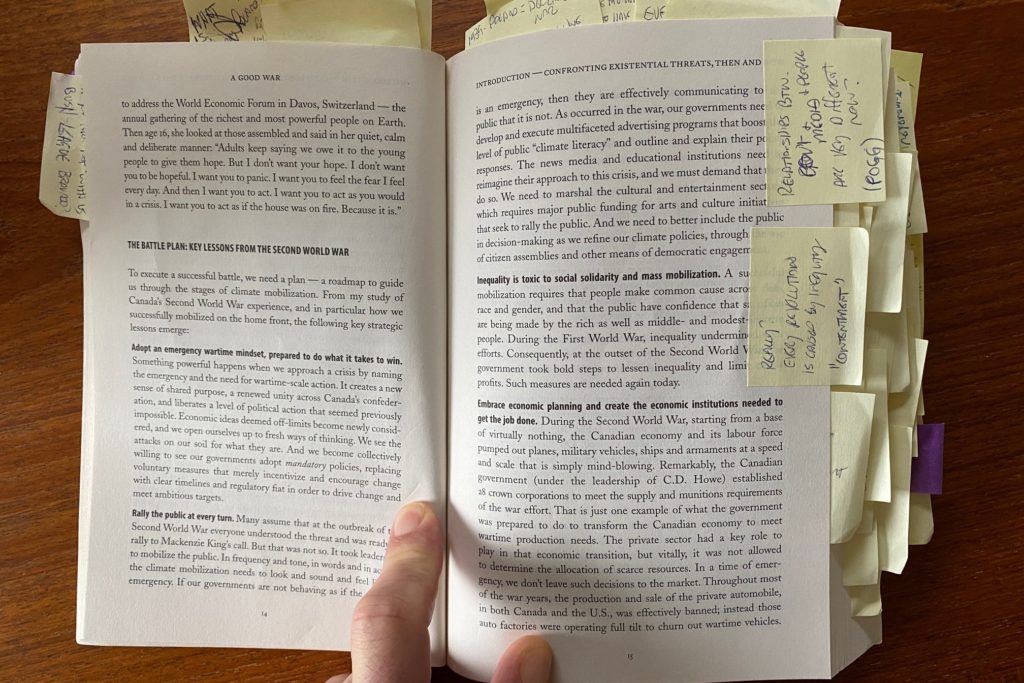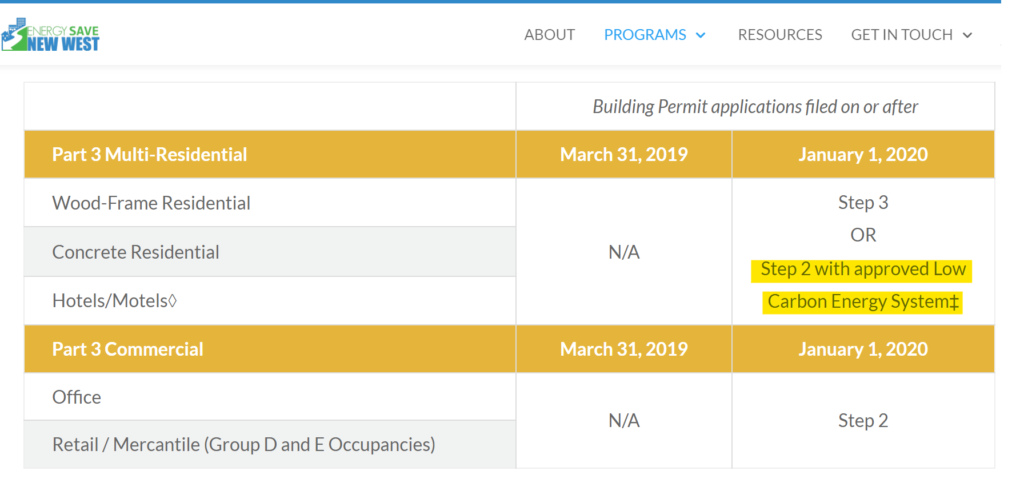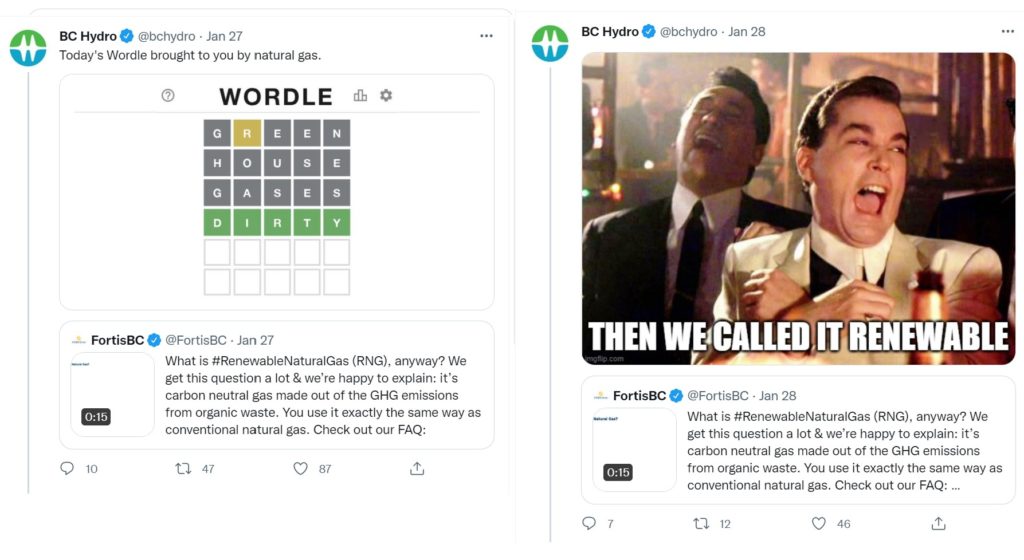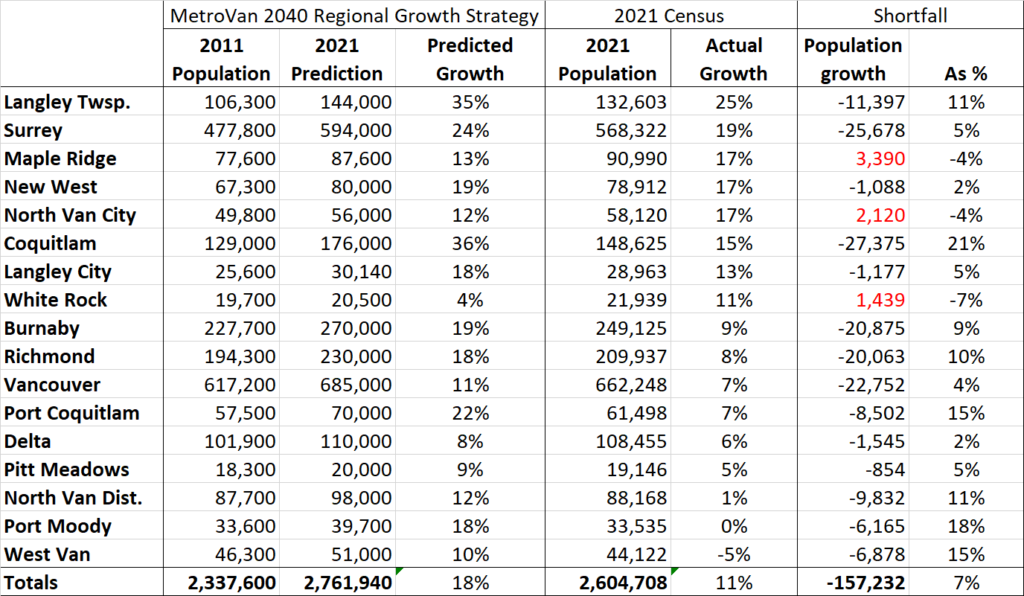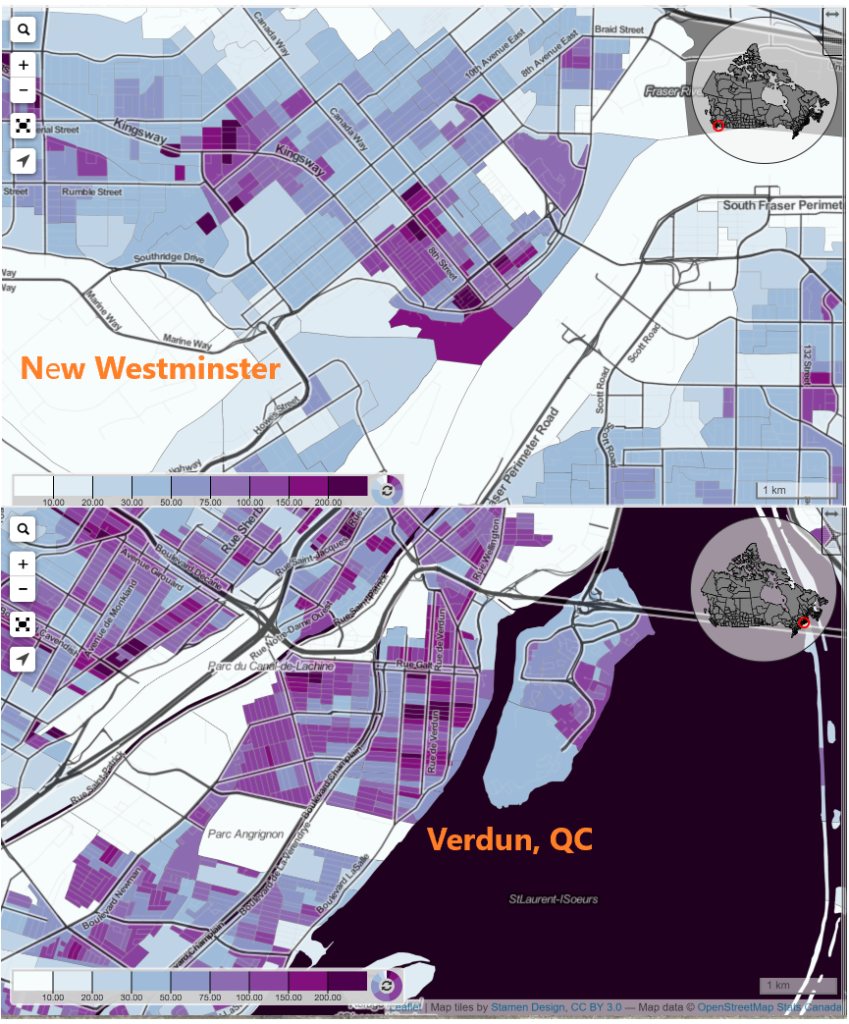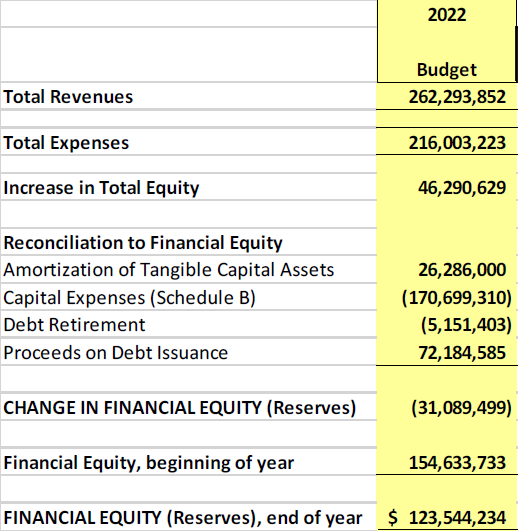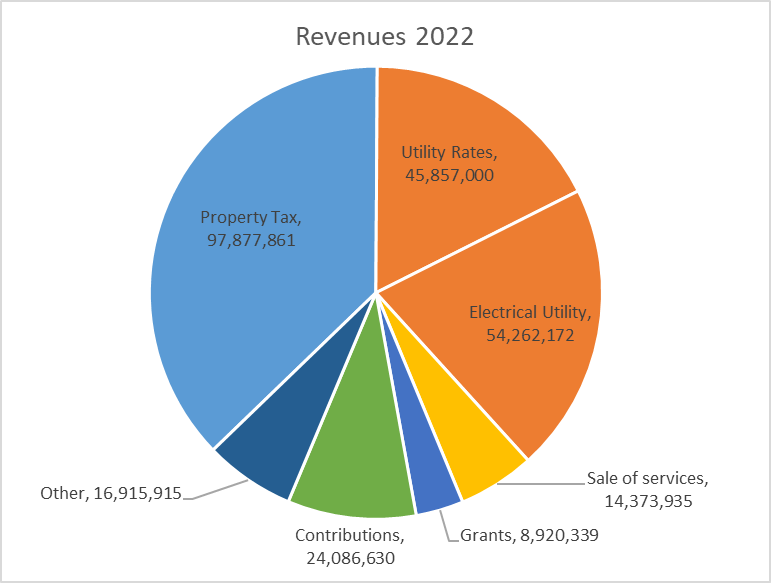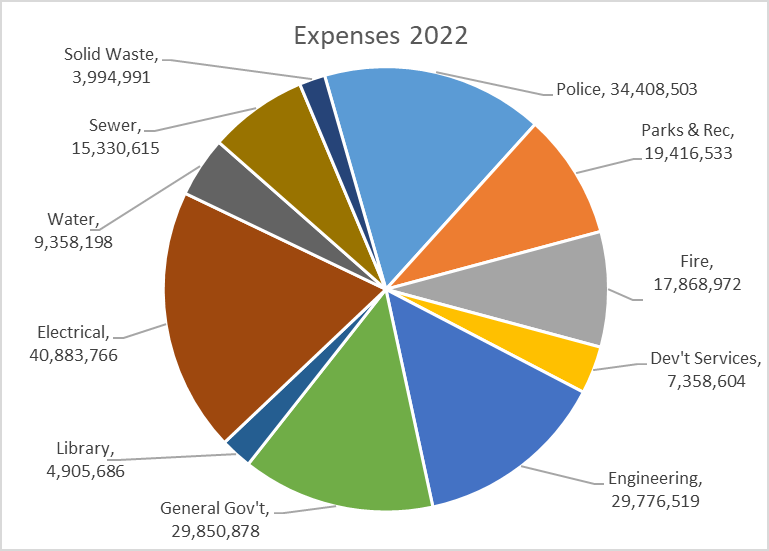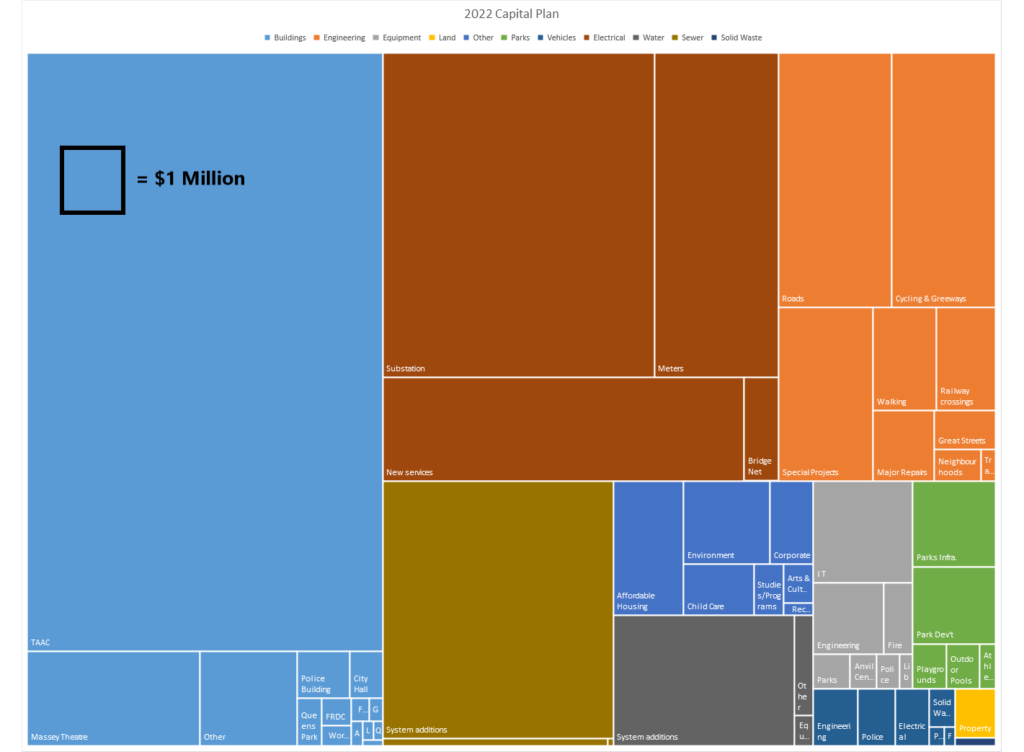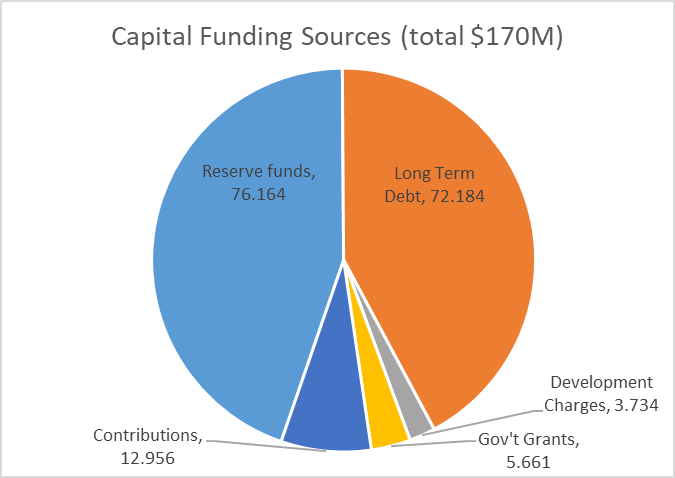The Mayor was not able to make our evening Council Meeting this week, and as I was the Acting Mayor for March, I got my first (only?) chance to sit in the Big Chair** for a Public Hearing. Much gratitude to my colleagues and the Clerk and the public delegates who attended for taking it easy on me, as there is a lot going on with a hybrid (Live!& on Zoom!) Public Hearing to pay attention to aside from the Agenda. But we got through. Let’s start with the Bylaws referred from Public Hearing:
Heritage Revitalization Agreement (1324 Nanaimo Street) Bylaw No. 8290, 2022 and
Heritage Designation (1324 Nanaimo Street) Bylaw No. 8291, 2022
This Resident wants to subdivide largish corner lot in West End, build an infill house on the subdivided lot, and permanently protect the existing 1944 house. Both houses would have a legal secondary suite (meaning 4 total units, 3 currently permitted on the lot). This application was approved by the Community Heritage Commission, is consistent with the Official Community Plan vision for the neighbourhood, but would require several zoning relaxations (Small lots, FSR exceedance, minor setbacks and a parking relaxation of one spot), which are being managed through the HRA process.
We received two written submissions on this, both in support. No-one came to address City Council in regards to this application. Council moved to give the HRA Bylaws Third Reading and Adoption, and Third Reading to the Designation Bylaw, approving the project.
Heritage Revitalization Agreement (102 Seventh Avenue) Bylaw No. 8312, 2022 and
Heritage Designation (102 Seventh Avenue) Bylaw No. 8313, 2022
This Resident wants to subdivide a largish corner lot in Glenbrook North, build a duplex of two townhouse-style (~1,000sqft) homes on the subdivided lot, and permanently protect the existing 1941 house. The heritage house would have a legal secondary suite (meaning 4 total units, 3 currently permitted on the lot). This application was approved by the Community Heritage Commission, is consistent with the Official Community Plan vision for the neighbourhood, but would require several zoning relaxations (Small lots, FSR exceedance, minor setbacks, and the duplex form), which are being managed through the HRA process.
We received 18 written submissions (66% opposed) and we had 22 people come and present to Council (66% opposed), with significant overlap between those two media. With several second-time and a few three-time speakers, the Public hearing lasted aobut 3 hours, so you will forgive if I abbreviate a bit the concerns I heard.
Opponents felt the duplex was too much density on one lot, and concerns were raised regarding the impact on traffic safety, in the alley where the parking will be and on adjacent First Street, with specific concern was related to the many pedestrians and kids walking to the nearby school and parks. There were questions about the livability of the units for families, the loss of green space, and about the impact on adjacent homes. A few people raised questions regarding the HRA process and heritage value of the existing house.
I voted to support this project, because it provides, in my mind, an important form of “missing middle” housing that meets the stated goals of the Official Community Plan for this neighbourhood. This is exactly the kind of ground-oriented modestly sized housing that young families are asking me about when we talk about New Westminster’s housing mix and variety. It seems preferable to other infill options available to the owner. This is a unique lot, as the front garden (facing Seventh Ave) is integral to the heritage form of the original house, and moving the house is not possible, which results in setback variances being needed.
I do hear concerns about traffic safety near schools, but am not able to relate those concerns to having 4 living units on this lot instead of the three currently permitted. Indeed, more modestly-sized family-friendly housing near schools and parks and greenways that connect to other amenities is part of the mitigation of increasing traffic stress.
Council moved unanimously to give the HRA Bylaws Third Reading and Adoption, and Third Reading to the Designation Bylaw, approving the project.
We then moved the following items On Consent:
2022 Spring Freshet and Snow Pack Level
We get these reports every month in the Spring to help assess the freshet flood risk, and put plans in place in the case of elevated risk. Looks like the snowpack is a little above average (105%) but nothing too worrisome yet.
Amendment to the Water Shortage Response Bylaw No. 6948, 2004 – Revision of Lawn Sprinkling Regulations
We are looking at adjusting our Bylaw that regulates water shortage measures, such as lawn watering regulations. In short, we are reducing the times when you can sprinkle your lawn to be in compliance with updated Metro Vancouver guidelines on this, as it is ultimately Metro Vancouver who provides the water and knows what is and is not sustainable use based on their system capacity.
Arts Council of New Westminster License Agreement Renewal
The Arts Council leases gallery space in Queens Park, and has an agreement with the City to program the adjacent lodge space when the City is not otherwise using it. This has been a good deal for the Arts Council (they get a stable home to do their work for a pretty nominal costs( and the for the City (we have an art gallery and Arts Council programming adding to the richness of Queens Park and the entire community). So the lease is being renewed.
Construction Noise Bylaw Exemption Request: 330 E. Columbia Street (Royal Columbian Hospital Development)
The RCH project is moving along. As is becoming common in major construction, single large concrete pours are sometimes needed, and they cannot be completed in one pour within regular construction hours, so they ask for an exception to the Bylaw to allow those pours to happen. They are going to try to do this pour on April 22, and are reserving the week after just in case the weather does not agree on the 22nd. Residents in the neighbourhood will be informed.
Designation of an Acting Chief Licence Inspector
This is a regulatory role in the City – someone has to have the authority to sign off on business licenses. Our previous Manager of Integrated Services is retiring after a great career with the City, and until we can fill that important spot, we need to designate someone else to sign off on those licenses in the interim. We are designating the Manager of Economic Development, whose staff has a good relationship with the business community.
European Chafer Management Program Update
The City had a subsidized program to provide nematodes to residents to reduce the impact of European chafer beetles on their lawns. The last few years, alternate approaches have become more common, easy to access and often cheaper than the City’s nematode program. So we are suspending the program for 2022, and staff will track any impacts of that suspension.
Local Government Act Updates (Bill 26) and Proposed Delegation of Small Development Variance Permits
The Province has made changes to the Local Government Act (LGA), and Council can now delegate small development variance permits to staff, instead of them coming to Council. There does need to be a Bylaw that sets out criteria for what is a “minor” variance, and what criteria staff will apply to evaluate whether the variance should be considered.
We deal with about 4 DVPs per year on average, plus an additional 2 Sign Bylaw variances. Not bringing these to Council makes the process simpler and cheaper for the applicant, and saves a bunch of staff time in preparing a Council report that can be better used at moving other projects along. I guess this is where somebody other than me talks about “Red Tape Reduction”.
The report lists what types of variances we are going to delegate (siting/dimensions that don’t include density variances, parking for smaller projects, some landscaping) and some conditions staff will apply. It is worth noting, if your request for a variance is turned down by Staff, you will still have the opportunity to bring the request to Council. Staff will now draft a bylaw to make this happen.
Sex Worker Safety Proposed Work Plan
This report outlines a proposed work plan an information on an upcoming workshop with Council and senior staff related to sex worker safety and how we can integrate that knowledge into the work we do as a City, following the Councillor Nakagawa motion supported by Council last June.
Temporary Use Permit Renewal: 488 Furness Street – for Presentation Centre
This development project in Q’Boro uses one of its buildings as a sales centre, which is not compliant with the end use intended, so we grant Temporary Use Permits in this case. Temporary means they expire, and this developer wishes to extend their permit to keep the presentation centre going a bit longer. We can (and are) grant one TUP extension, to April 2024.
The following items were Removed from Consent for discussion:
Rezoning and Development Permit Applications for a 15-unit Rental Project: 1321 Cariboo Street – For Information
This is a preliminary report on a plan to replace a derelict site on the edge of the Brow neighbourhood with a compact 5-storey building with 15 secured purpose-built rental suites. It needs a rezoning and Development Permit to deal with massing and reduced parking (both supported by the LUPC). It has shrunk a bit as it went through review from the originally-proposed 19 unit building, but still meets the Family-Friendly Housing requirements. It will go to Public Consultation and likely a Public Hearing, so I’ll hold my comments until then.
Rezoning and Special Development Permit (815 – 821 Victoria Street and 810 Agnes Street) – Project Update
This report updates us on another project that has seen some changes since the last time it was brought to Council. The new owner of the property has shifted the proposal from Strata to Purpose Built Rental. This would include an increase in height (by three stories), of FSR (7.2 to 8.8), and unit count (222 to 327). This is a pretty big change, mostly in the size of the tower floorplate. This was the project that was going to finance the development of a new downtown park space on the location of the historic Chinese Benevolent Association property, and that is still part of the plan.
This would go to Public Consultation, and likely a Public Hearing, so I’ll hold my comments until then.
Ukrainian Crisis – Government and Community Response
This is an update on many things happening locally to nationally in support of the Ukrainian community, including work being done to prepare for and support refugees escaping the violence. Much of this is concentrated on the Holy Eucharist Cathedral here in New West, and is being supported by the Welcoming and Inclusive New Westminster Local Immigration Partnership Council. More info here about how you can help, or connect people who need help to services.
We then finished up our night by adopting the following Bylaws:
Corporate Records Management Program Amendment Bylaw No. 8322, 2022
This Bylaw that changes which official signatures may be recorded digitally was adopted by Council. So, less Red Tape again?
Street and Sidewalk Patio Bylaw No. 8318 2022
This bylaw that responds to the expiration of the temporary provincial patio licensing rules by making the changes we adopted during COVID permanent was adopted by Council, just in time for the sun to come out.
** the chairs are all the same size.
